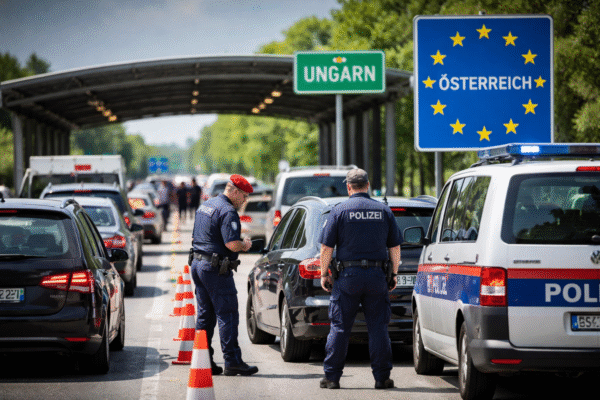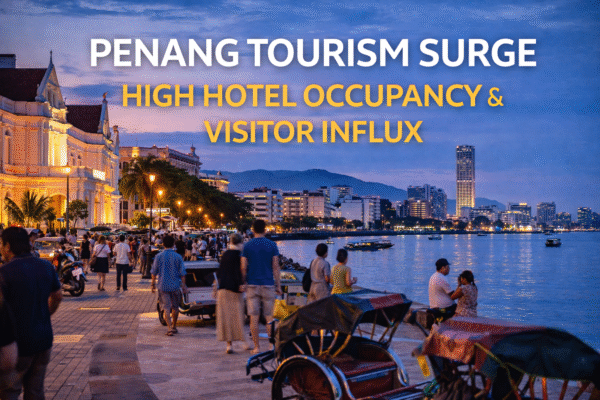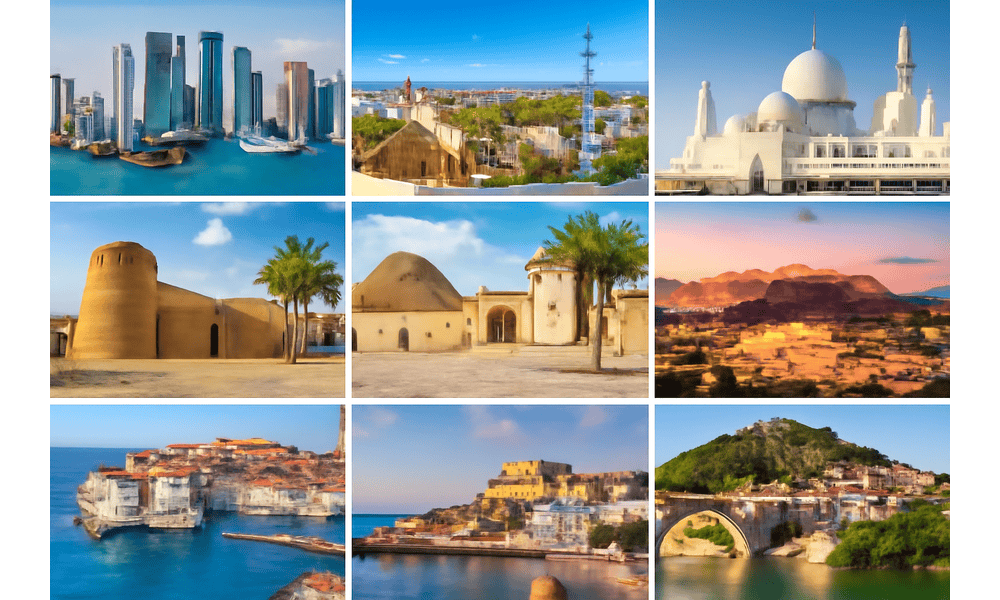Record Tourism Growth in First Half of 2025
The first half of 2025 has been historic for the global travel sector. Data from national tourism boards and ministries confirm remarkable surges in visitor arrivals for Qatar, Spain, UAE, Saudi Arabia, Oman, Greece, Croatia, and Albania. Strategic government investments, targeted global campaigns, and upgraded infrastructure have positioned these nations as world tourism leaders.
From Qatar’s 3% tourism rise to Saudi Arabia’s staggering 102% increase in international arrivals, the figures reveal not just recovery post-pandemic but unprecedented expansion.
Qatar: Luxury Meets Heritage
Qatar welcomed 2.6 million visitors from January to June 2025, with GCC countries providing 36% of arrivals. The nation’s Tourism Strategy 2030 aims to raise tourism’s GDP share to 10–12%, with 2024 already contributing QAR 55 billion.
Promotional initiatives such as Moments Made for You and celebrity-fronted campaigns by David Beckham showcased Doha’s Corniche, Souq Waqif, Museum of Islamic Art, and desert adventures. Events like the Qatar Toy Festivaldrew 130,000 visitors, while upcoming spectacles including the F1 Qatar Grand Prix and FIFA Arab Cup will extend the tourism spike into late 2025.
Spain: Cultural Powerhouse with Year-Round Appeal
Spain attracted 44.5 million international tourists in the first half of 2025—a 4.7% rise year-on-year. Top markets include the UK, Germany, and France. The economic impact reached €59.6 billion, up 7.5%, boosted by higher daily spend per visitor.
National campaigns like Spain is Great and iconic events such as La Tomatina, Running of the Bulls, and World Tourism Day keep the country in the global spotlight. Investments in sustainable tourism are extending visitor seasons beyond the summer, with Spain aiming for record autumn arrivals.
UAE: Dubai Driving the Luxury Segment
The UAE recorded a 6% increase in visitors, with Dubai alone welcoming nearly 9.9 million tourists in H1 2025. The Dubai Expo legacy, ultra-luxury resorts, and events like the Dubai Shopping Festival and Dubai World Cupunderpin its performance.
Tourism revenues are forecast to exceed AED 228.5 billion, marking a 37% jump from pre-pandemic records. The upcoming Etihad Rail network promises to link tourism hubs across emirates, further cementing the UAE’s status as a global travel leader.
Saudi Arabia: Vision 2030 in Action
Saudi Arabia’s 102% leap in international arrivals compared to 2019 is unmatched globally. Major reforms in visa policy, infrastructure, and tourism promotion—particularly through Experience Saudi—are drawing both leisure and religious tourists.
Mega-projects like NEOM, the Red Sea Project, and Qiddiya are reshaping the nation’s tourism landscape. The combination of UNESCO heritage sites such as Diriyah with global events like the Diriyah Formula E race is positioning Saudi Arabia as a multi-faceted destination.
Oman: Nature and Culture at the Core
Oman has seen an 18% revenue boost in its luxury hotel sector in H1 2025. Initiatives like Oman – Naturallyemphasize its unspoiled landscapes, from Wadi Shab to the Hajar Mountains. Events such as the Salalah Tourism Festival and Muscat Festival highlight cultural traditions while drawing international crowds.
The country’s focus on eco-tourism aligns with sustainability goals, attracting high-value travelers seeking authenticity over mass tourism.
Greece: Mediterranean Magnet
Greece’s 5.7% rise in air arrivals brought 10.3 million visitors in early 2025. Revenues climbed 12.7%, with significant growth from U.S. tourists. The All You Want is Greece campaign, coupled with festivals like the Athens & Epidaurus Festival, showcases both ancient landmarks and modern hospitality.
Government efforts to spread tourism into shoulder seasons are seeing success, particularly in destinations like Crete, Santorini, and Rhodes.
Croatia: Beyond the Summer Spike
Croatia hosted 7.5 million arrivals and 29.3 million overnight stays in H1 2025—a 4% overall rise, accelerating to 9% in June. The Croatia Full of Life campaign, coupled with luxury yacht tourism and events like Ultra Europe, are extending its reach beyond the summer.
Heritage sites such as Dubrovnik’s Old Town and Diocletian’s Palace continue to drive cultural tourism alongside coastal leisure.
Albania: Balkan Breakthrough
Albania recorded a 5% increase in arrivals, reaching 4.76 million visitors. The Albanian Riviera, UNESCO sites like Butrint, and cultural events such as the National Folklore Festival are boosting its profile.
Improved air links and cruise tourism are making Albania a convenient add-on for regional travellers exploring the Balkans, while maintaining its image as a less-crowded gem.
Global Outlook for H2 2025
With upcoming mega-events—ranging from Qatar’s cruise season to Spain’s FIBA World Cup hosting—and major infrastructure projects in the Gulf, the second half of 2025 is poised for even greater records.
These destinations illustrate a global shift toward high-value, culturally rich, and sustainable tourism. Each blends heritage, modern attractions, and strategic marketing to capture global travel demand.
For more travel news like this, keep reading Global Travel Wire
















